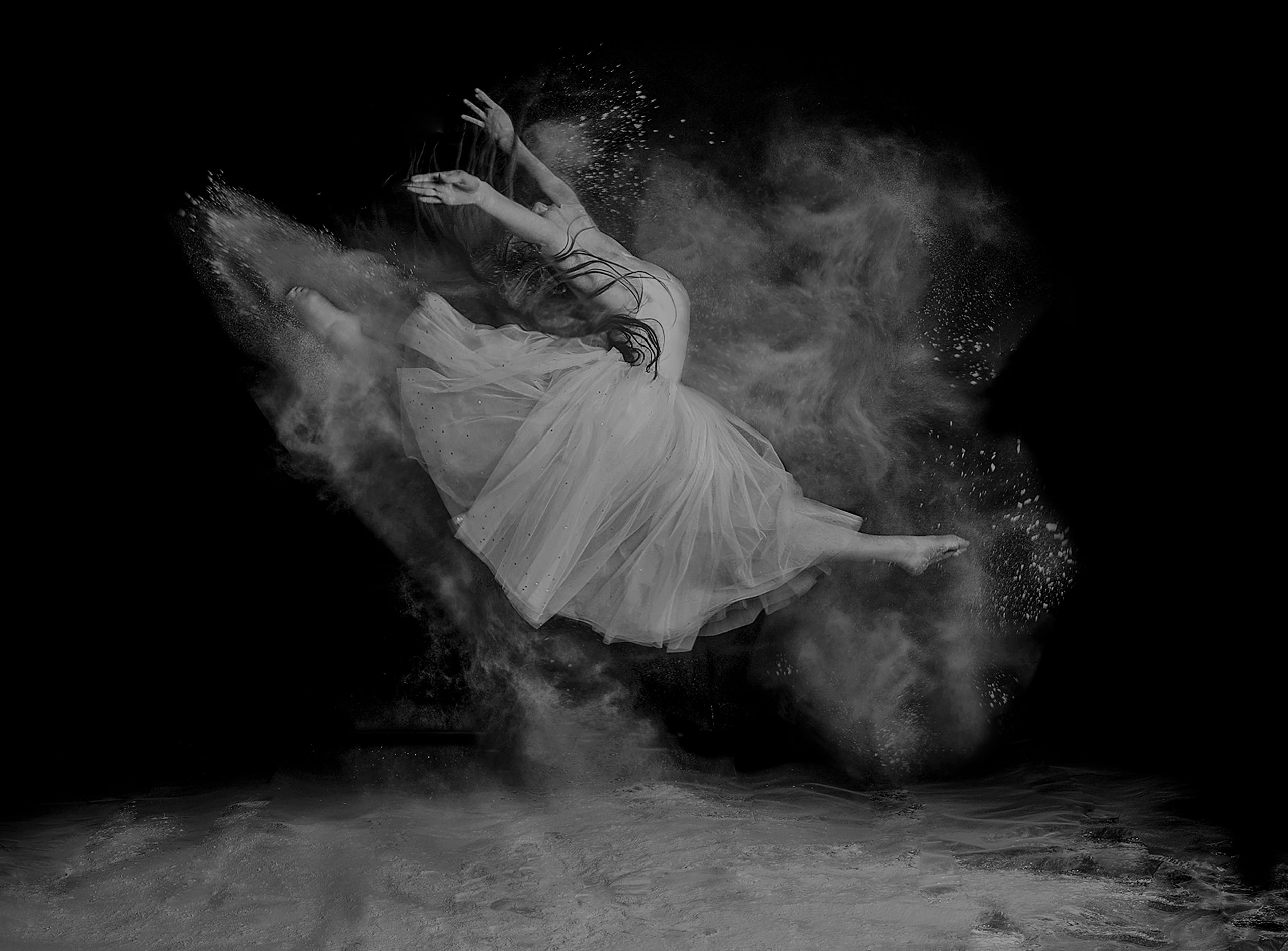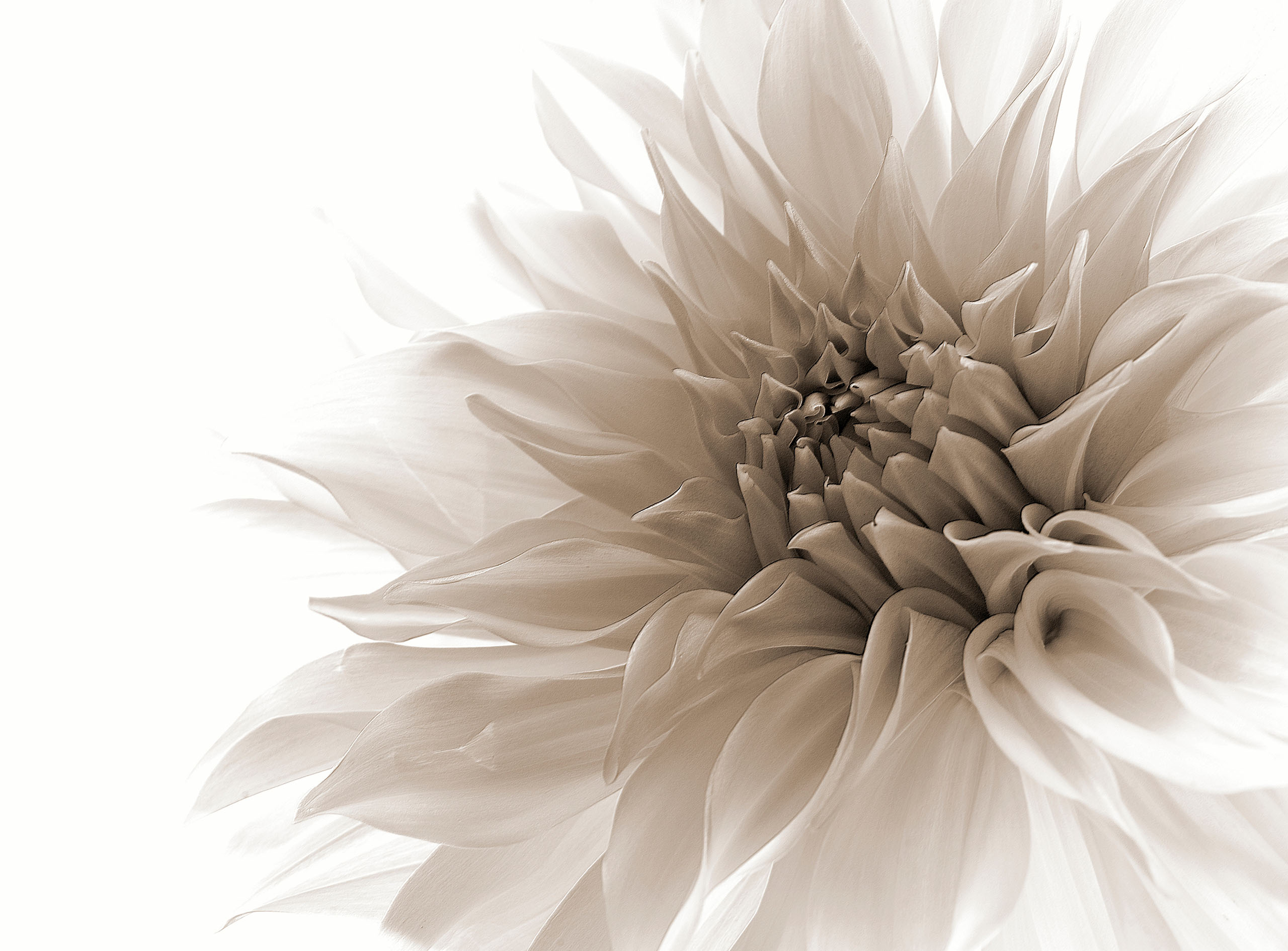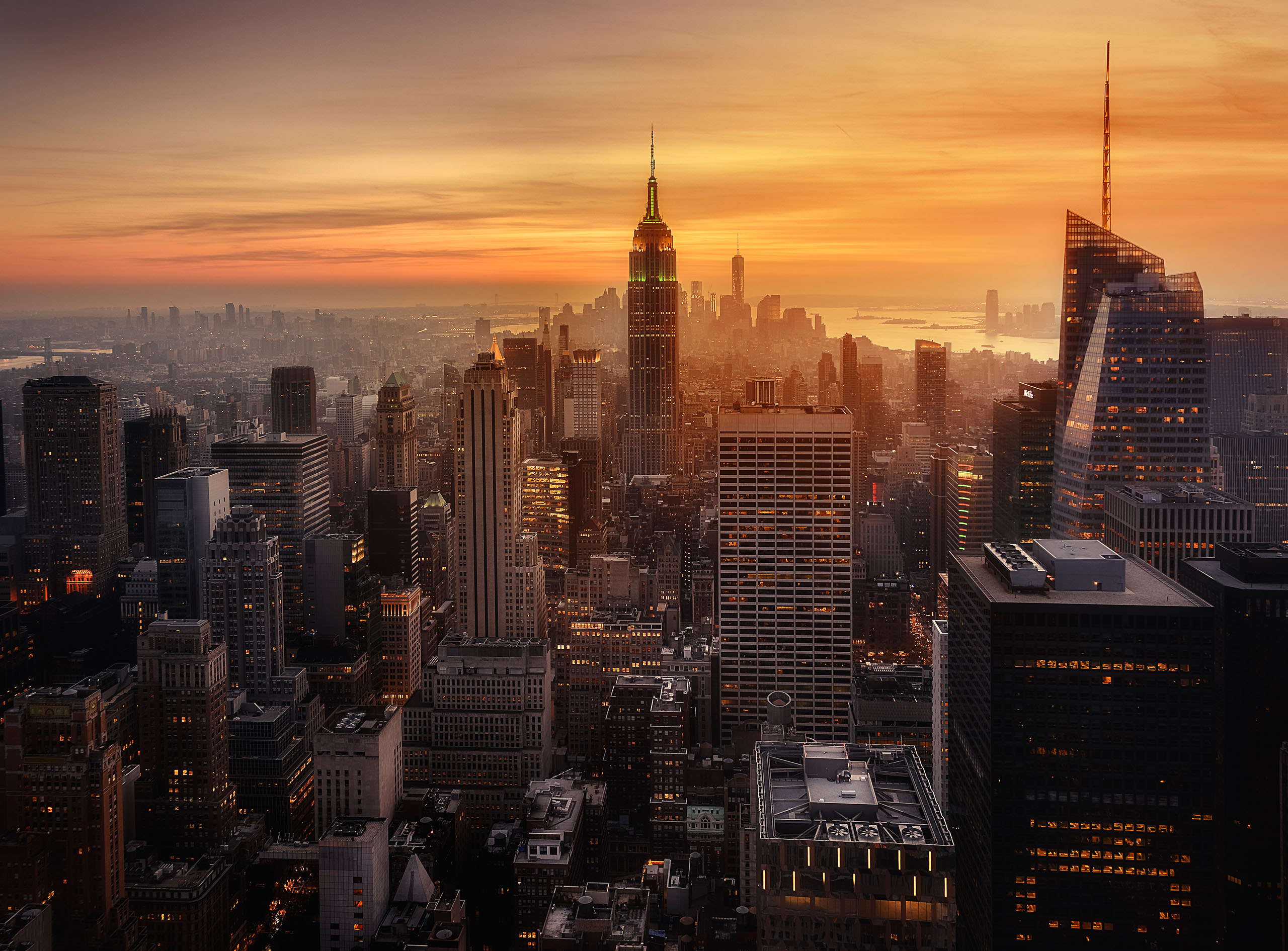SEARCH






|
|
|
|


by Editor Lourens Durand
Edited and published by Yvette Depaepe, the 16th of August 2025
'picudo rojo macho' by Javier Rupérez
Macro photography reveals a hidden world of the natural environment, showcasing intricate textures, vibrant colours and larger-than-life details. Nature photography subjects are all around us: flowers, insects, leaves, feathers and water droplets reveal textures and patterns that would otherwise remain hidden.
To capture these images on camera, you will need special equipment and to learn some new techniques.
· Macro Lenses: Dedicated macro lenses give the best results.
· Lighting: Natural sunlight is the best, but diffused speed lights or ring lights can help in less than perfect lighting conditions.
· Tripod: Using a tripod or mono-pod is essential to minimise camera shake.
· Focus Stacking: A series of images taken at different focus points, and assembled later in post processing
Focus Stacking in Detail
Focus stacking is a powerful macro photography technique that allows you to achieve a wide depth of field in extremely close-up images, with everything from the foreground to the background fully focused and pin-sharp. This reveals hidden details that the naked eye misses.
In practice, it involves capturing multiple images at different focal points within the subject's depth, followed by processing them with software to create a single, sharply focused image. This technique can reveal the fine veins on insects' wings, the detailed textures on plant surfaces and the water droplets on pollen grains with increased clarity, highlighting their structures.
While it is true that single-shot close-ups of insects and similar subjects with soft foregrounds and backgrounds can add an artistic touch to a photo, there is a lot to be said for images that are pin-sharp throughout.
The process of focus-stacked macro photography involves taking a number of photographs with a shallow depth of field and combining them in post-processing to create a sharp image.
While some cameras can perform focus stacking in-camera, many photographers prefer to have total control over the process.
Firstly, you need a camera with a macro lens with a focal length of around 100 millimetres, which allows ultra close-up photography. As the process is highly sensitive, it is essential that the camera is mounted on a steady tripod.
Lighting is also extremely important; natural sunlight is ideal, but a diffused flash or ring lights will work well too.
Take a series of photos at different focus points (this method obviously only works with stationary subjects). Use a small aperture to achieve sharpness at each point.
Although it incurs an additional cost, using a focus rail attached to a tripod offers a clear advantage. A focus rail is an invaluable accessory for greater control and precision. It enables the camera to be moved forward and backward in small increments by simply turning a knob.
Details of use:
· Mount your camera and lens on the rail
· Compose your shot, ensuring the subject is within the frame
· Set the focus point, typically on the closest part of the subject
· Take the first shot
· Slightly shift the focus rail a bit away from the camera
· Repeat the process until the entire depth of the subject is covered
· Process the photos, as shown below.
The normal rules of photography apply:
· composition is important - use leading lines, the rule of thirds, symmetry, patterns, and textures
· watch out for the background - ensure that it is not cluttered and that there are no bright spots to spoil the picture
· fill the frame as far as possible – saves on cropping later
If you can take your subject indoors, try using studio lighting and a light box to enhance it. This is not confined to insects and flowers – you can use it for model cars, aeroplanes, and anything else you can shoot.
Just a note: if you shoot in RAW, your files will be exceptionally large during the processing stage. Therefore, it might make sense to shoot in JPEG or convert to TIFF files beforehand.
The real fun starts when you begin processing the photos! Although there is special software available for this, such as Helicon and Zerene, you can also use Photoshop, which gives you a deep sense of satisfaction from having total control over the process.
First do the normal post processing operations like contrast, sharpening, lighting, and so on.
Then for manual blending in Photoshop:
· open all the images in Photoshop
· load all the files into one stack
· select all layers
· auto align all layers
· auto blend all layers
· flatten the image and do any final cropping and adjustments
· and voila!
Conclusion
Macro photography of nature offers photographers a different perspective on learning to see more, being creative and looking for details, as well as teaching them patience.
Please enjoy this selection of macro masterpieces by photographers from 1x.com.
'No Two are Alike' by Liza Rock
'Black Head' by Aditya Permana
'Yellow Jacket' by Aditya Permana
'Dewy Anole' by William Banik
'Symphony unfinished...' by Thierry Dufour
'Pasque' by Mandy Disher
'Swallowtail' by Jimmy Hoffman
'Dew Bells' by Jacky Parker
'Blue Rays' by Þorsteinn H. Ingibergsson
'Show Time' by Hasan Baglar
'Whiskered' by Alexander Zubrickij
'Coenagrion puella' by Dusan Beno
'Stinkbug HR' by Lourens Durand
'Alien' by Alexander Zubrickij
'The Beauty of a Small World' by Abdul Gapur Dayak
'Saltamontes' byJimmy Hoffman
'Our World' by Fauzan Maududdin
'Good night' by Francois Casanova
'He dreams of being an astronaut...' by Thierry Dufour
'The Wave' by Wil mijer
'Silk Transparency' by Marl1
'Scrooge' by Alexander Zubrickij
'Bee on Aloe HR' by Lourens Durand
'Antlion' by Summer2016
 | Write |
 | Jimmy Hoffman Many thanks Lourens and Yvette!Great article.All the best,Jimmy |
 | garyholman PRO Very interesting read and Wonderful! macro photography. Congratulations! to all Photographers and a big thanks! to Lourens and Yvette. |
 | Lourens Durand CREW Thank yoj. |
 | Yaping Zhang PRO 漂亮的宏,精美绝伦!恭喜并且感谢 Yvette 和 Lourens的精湛文章 |
 | Lourens Durand CREW Thank you! |
 | Hasan Baglar Thank you very much Yvette and Lourens, all the best !!! |
 | Lourens Durand CREW Thanks Hasan. |
 | Shriyan San PRO Excellent work 👍 |
 | Summer2016 PRO Thank you very much, Shriyan! |
 | Lourens Durand CREW Thank you Shriyan. |
 | Francisco Goncalves PRO Indeed, an amazing world most of us cannot reach. Incredibly creative. |
 | Summer2016 PRO Many thanks Francisco! |
 | Lourens Durand CREW Thank you Fransisco. |
 | Francisco Villalpando PRO Wonderful collection of excellent macros. Very useful text. Congratulations and thanks for this article Lourens and Yvette! |
 | Yvette Depaepe CREW Our pleasure, Francisco! |
 | Summer2016 PRO Thank you very much for your kindness words. I am really appreciated. |
 | Lourens Durand CREW It is a pleasure! |
 | Ludmila Shumilova PRO Extraordinary beauty in this gallery of macro shots! Thanks Yvette and Lourens! |
 | Yvette Depaepe CREW All credits go to Lourens and the authors, Ludmila ;-) |
 | Lourens Durand CREW Thank you Ludmila, authors, and Yvette! |
 | Fred Louwen PRO Many thank for these yealous making suburb macros. |
 | Lourens Durand CREW It is a pleasure. |
 | Thierry Dufour PRO Many thanks Yvette and Lourens, best regards !!! |
 | Yvette Depaepe CREW Thanks for your appreciation, Thierry! |
 | Lourens Durand CREW Thank you Thierry! |
 | Miro Susta CREW Excellent introduction to macro photography complemented by marvellous photographs, thank you Lourens, Yvette and all photo creators. |
 | Yvette Depaepe CREW Thanks dear Miro! |
 | Lourens Durand CREW Thank you Miro. Appreciate it. |
 | Ferdinando Valverde Excellent macro photos, incredible works |
 | BruceNi PRO Very wonderful photos and helpful notes . Thanks for sharing! |
 | Lourens Durand CREW Thank you.
|
 | Lucie Gagnon CREW A wonderful selection of superb macro photographs! The details and composition are excellent. And the photographers are awesome too! Thank you for the inspiration! |
 | Lourens Durand CREW Glad you enjoyed them. |
 | Elaine Henshaw PRO Fabulous images |
 | Dazhi Cen PRO so Cute!!! |
 | Atul Saluja PRO Stunning in every way!!! Congratulations to all published |
 | Jesus Concepcion Alvarado PRO Stunning images with exquisite technique and composition.
Congratulations. |
 | Izabella Végh PRO Grazie mille questo bellissimo articolo. Le fotografie sono eccezionali. Da guardare più volte per scoprire i piccolissimi particolari della nostra natura meravigliosa. |